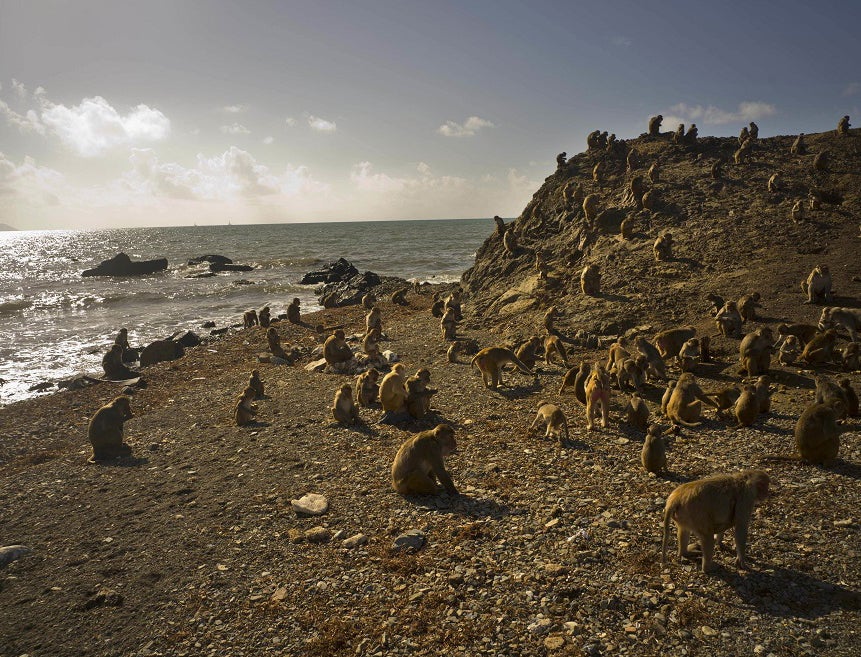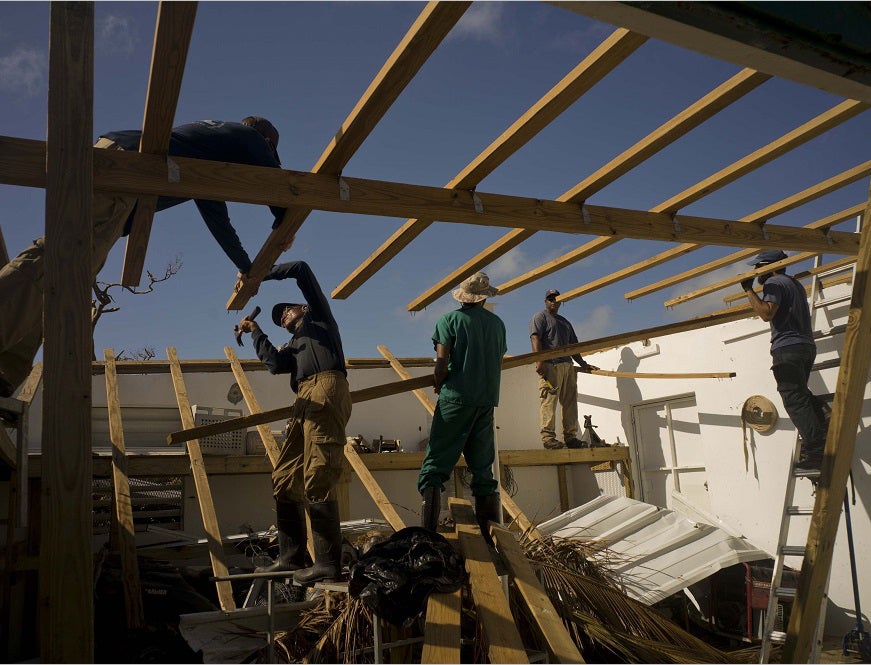Scientists are trying to save 1,000 primates on Puerto Rico's 'Monkey Island'
Hurricane Maria devastated “Monkey Island” which has been used for the study of primates since the 1930s.

Your support helps us to tell the story
From reproductive rights to climate change to Big Tech, The Independent is on the ground when the story is developing. Whether it's investigating the financials of Elon Musk's pro-Trump PAC or producing our latest documentary, 'The A Word', which shines a light on the American women fighting for reproductive rights, we know how important it is to parse out the facts from the messaging.
At such a critical moment in US history, we need reporters on the ground. Your donation allows us to keep sending journalists to speak to both sides of the story.
The Independent is trusted by Americans across the entire political spectrum. And unlike many other quality news outlets, we choose not to lock Americans out of our reporting and analysis with paywalls. We believe quality journalism should be available to everyone, paid for by those who can afford it.
Your support makes all the difference.Time is running out for more than 1,000 monkeys on a small island off the coast of Puerto Rico devastated by Hurricane Maria.
Off the southeast coast of the mainland, "Monkey Island" was the first place in the US territories to be hit by the storm, with animals and residents badly affected.
The island, officially known as Cayo Santiago, has been a crucial resource for researchers studying primate behaviour, cognition and genetics since the 1930s.
The rhesus macaques were brought to the island by scientists and for almost 90 years the population has thrived, offering scientists a window into the animals' lives.
As reported by the Huffington Post, the monkeys largely survived the initial impact of the hurricane. However, a large amount of the island’s lush vegetation has been destroyed.
Rhesus macaques survive on a diet of fruit, seeds, roots and insects but this food has now been lost due to the destruction of their habitat.
An aerial view of the island from before shows it as a green and luscious island however it is now brown and bare after high winds ripped leaves from trees and tidal surges cleared many plants and foliage.
The monkeys have even been filmed swimming between the islands surrounding Puerto Rico in search for food.
It also lost the fresh water supply for inhabitants and destroyed research buildings.
Researchers from Yale University and the University of Michigan are two of several institutions now working to care for the monkeys.

Workers are now transporting shipments of food and water to the island, and working to rebuild the rainwater cisterns that the storm wrecked.
Many of the staff who work on Monkey Island are residents of nearby Punta Santiago which was also largely destroyed by the hurricane.

Two GoFundMe pages have also been set up to help in relief efforts for the animals of Monkey Island and for the community of Punta Santiago.
Subscribe to Independent Premium to bookmark this article
Want to bookmark your favourite articles and stories to read or reference later? Start your Independent Premium subscription today.
Join our commenting forum
Join thought-provoking conversations, follow other Independent readers and see their replies
Comments